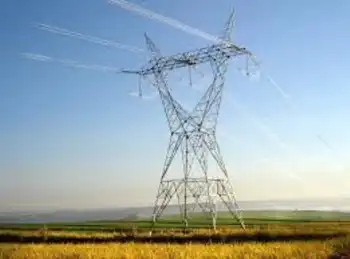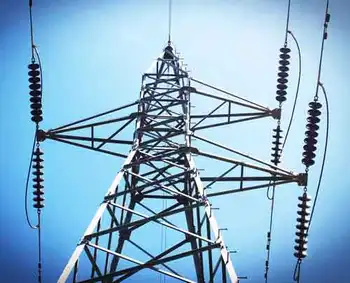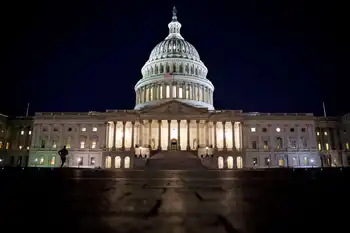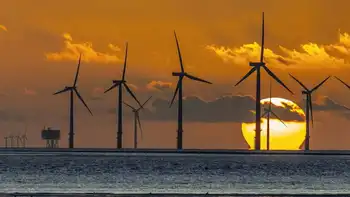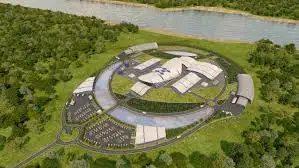Ottawa contributes to Greengate wind project
By PR Newswire
Electrical Testing & Commissioning of Power Systems
Our customized live online or in‑person group training can be delivered to your staff at your location.

- Live Online
- 12 hours Instructor-led
- Group Training Available
Upon completion, the 150 MW Halkirk I Wind Project will be Alberta's largest operating wind energy project. It is located in Central Alberta near the Village of Halkirk, approximately three hours northeast of Calgary. Once completed, this project will supply a clean source of electricity for approximately 50,000 homes, and reduce greenhouse gas emissions by 300,000 tonnes per year, equivalent to removing 60,000 cars from Alberta's roads.
As per the requirements of the Alberta Utilities Commission, Greengate recently completed its final round of public consultation for the Halkirk I Wind Project with no outstanding public objections. The project is scheduled to begin construction in 2010 with a target commercial operation date of 2011. Upon completion, the project will receive $10 per MWh for ten years from Natural Resources Canada, a total funding commitment worth approximately $46 million.
"Our support for the Halkirk I Wind Project demonstrates our Government's commitment to increase the supply of clean, renewable energy for Canadians," said the Honourable Lisa Raitt, Minister of Natural Resources. "Through this investment the Government of Canada is helping to create jobs and stimulate the economy while reducing the cost of clean energy for Albertans."
"Greengate appreciates the Government of Canada's support of renewable energy through its ecoENERGY for Renewable Power program," said Dan Balaban, President and CEO of Greengate. "Since its inception, this program has been extremely successful at encouraging the rapid growth of renewable energy in Canada. We encourage the Government of Canada to continue supporting renewable energy."
Greengate Power Corporation is a privately held renewable energy project developer based in Calgary, Alberta. Greengate is focused on the development of quality wind energy projects in Alberta in areas with available transmission capacity. Greengate is currently developing 1,550 MW of wind energy projects on approximately 200,000 acres of private land in Alberta.
Businesses, municipalities, institutions and organizations are eligible to apply for funding under the ecoENERGY for Renewable Power program. The initiative provides $1.48 billion to increase Canada's supply of clean electricity from renewable sources such as wind, biomass, low-impact hydro, geothermal, solar photovoltaic and ocean energy. It will encourage the production of up to 4,000 MW of new electricity from renewable energy sources - enough electricity to power about one million homes.





